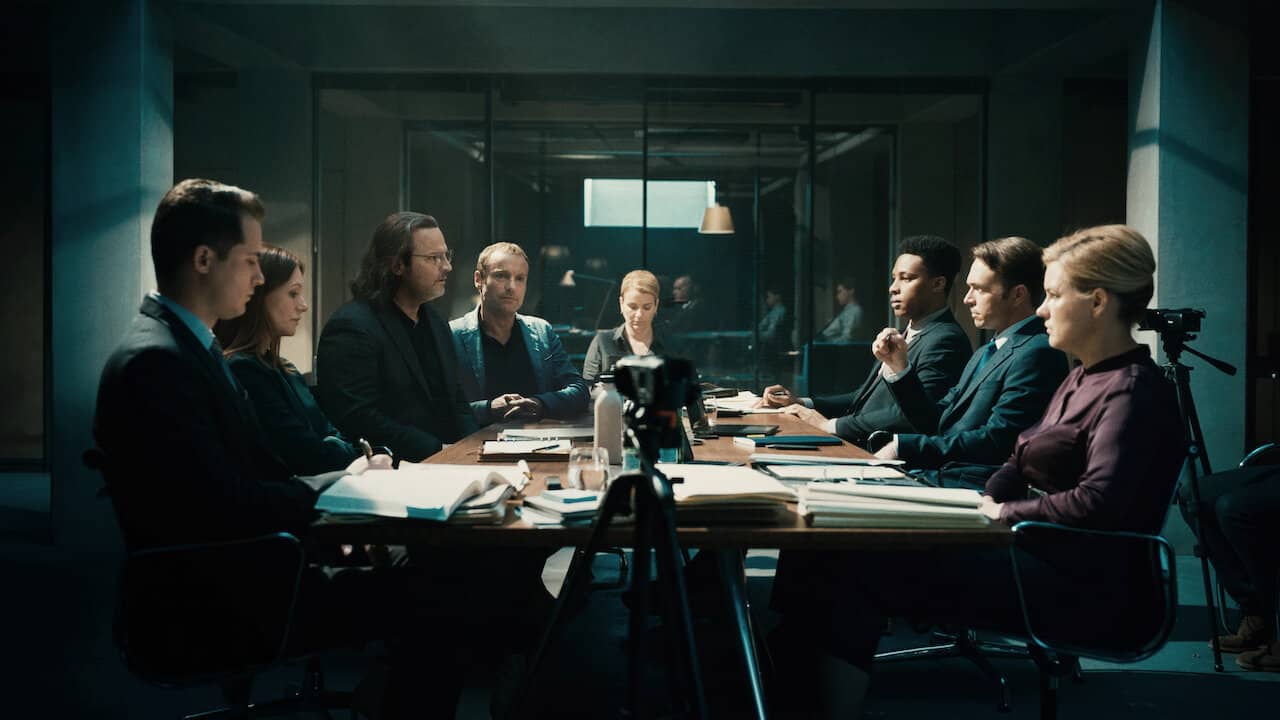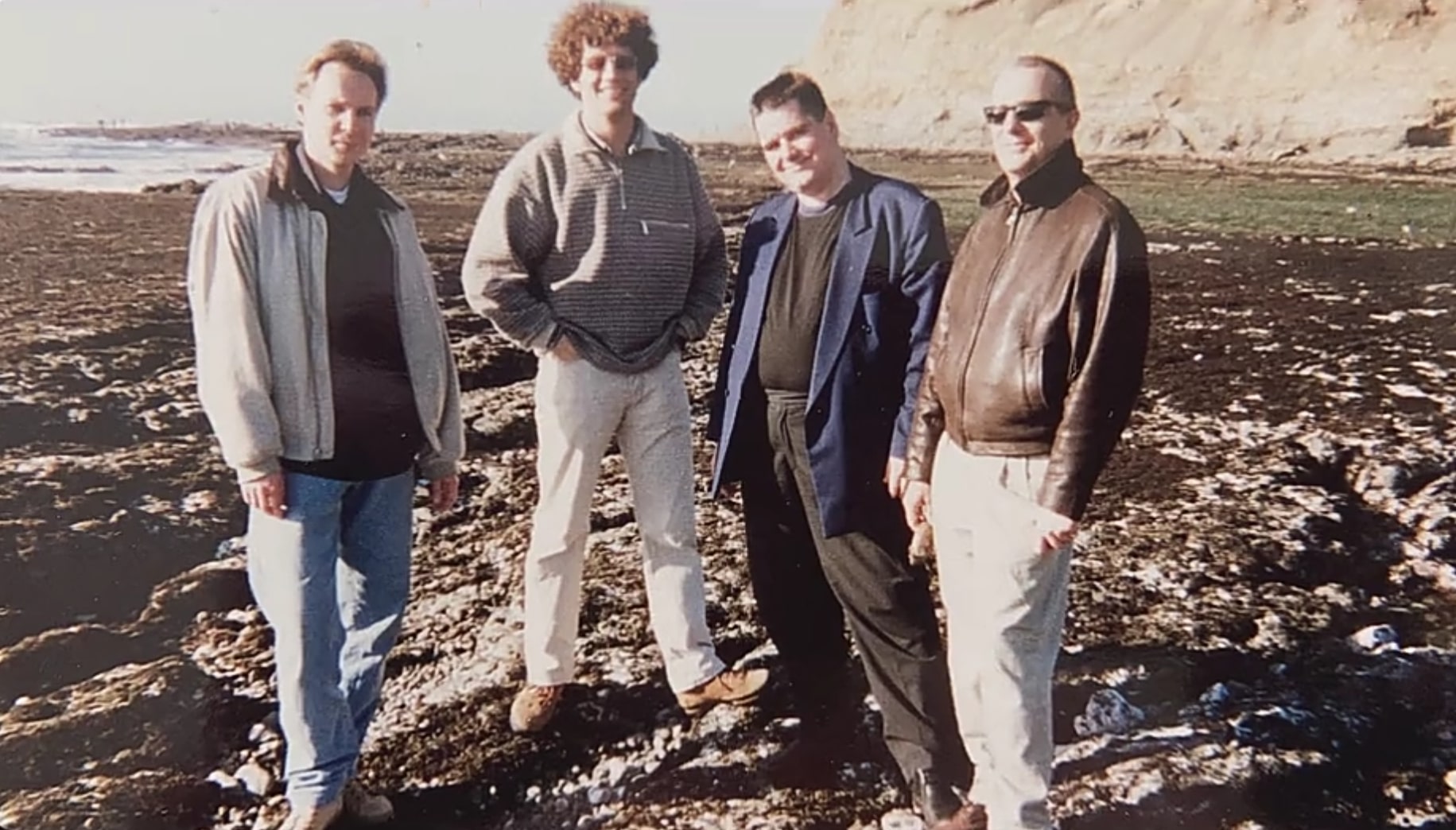Created by Oliver Ziegenbalg and Robert Thalheim, ‘The Billion Dollar Code’ is arguably the most realistic take on the David vs. Goliath trope. It revolves around an artist named Carsten and a programmer and hacker named Juri, who develop together a computer program that allows a user to fly to the location of their choosing from outer space in real-time.
However, they later discover that a person they trusted has used their algorithm in collaboration with Google to create Google Earth. Several years later, Carsten and Juri unsuccessfully attempt to sue Google in the US court for patent infringement and subsequently end up becoming another largely obscure victim of a tech giant ignoring patent laws. If ‘The Billion Dollar Code’ has made you wonder whether it is based on a true story, we got you covered.
Is The Billion Dollar Code a True Story?
Yes, ‘The Billion Dollar Code’ is based on a true story, as the limited series asserts itself to be in the opening credits. In the end credits, the show offers a more elaborate explanation, revealing that it’s “a fictional adaptation of the events of that time and arose from the court transcripts as well as conversations with Joachim Sauter, Pavel Mayer, Axel Schmidt, Gerd Grüneis, and Martin Sibernagl.” What this means is that while the plot is developed from real events, the characters and some of the circumstances are fictional.

According to ‘The Billion Dollar Code,’ Terravision was a joint project from Weathernews International (Hiro Ishibashi and Andreas Schneider), Art+COM, and DeTeBerkom. As ‘Making The Billion Dollar Club,’ a companion documentary to the main show, reveals, Sauter, Mayer, Grüneis, and Schmidt were part of Art+COM and integrally involved in the development of Terravision. Mayer was Terravision’s reality engineer; Schmidt, the ideas and 3D renderer; Sauter, the concept and art director; and Grüneis, the project manager. As for Sibernagl, he is a software expert who became a litigation broker for Art+COM.
In the documentary, Grüneis states that after the release of Google Earth, he and his partners were impressed that Google had managed to get it working on the internet, before adding they also felt a little betrayed. He and the others claim that they knew from where the alleged leak came from. According to Schmidt, they met the person, who allegedly gave Google information about the algorithm used on Terravision, in Mountain View at Silicon Graphics in 1995.
Sibernagl says in the documentary that after leaving Silicon Graphics, this person played a pivotal role in the development of Keyhole EarthViewer, which he claims was financed by the CIA. Google eventually acquired Keyhole. In 2014, Art+COM sued Google through a litigation finance firm, claiming that there were similarities between Terravision and Google Earth. Like it is shown in the film, Art+COM ultimately lost the lawsuit.

Ziegenbalg and Thalheim wanted their show to have a contrasting narrative to that of David Fincher’s Oscar-winning 2010 film ‘The Social Network.’ “‘The Social Network’ was told from the perspective of the winner, or the antagonist: Mark Zuckerberg. We tell our story from the perspective of the Winklevoss brothers, the beautiful losers,” Ziegenbalg stated in an interview.
“Also, in that film, you don’t really love the guy,” Thalheim commented in the same interview. “You look at him from the outside. We wanted to have characters you would want to accompany through this entire process.” Furthermore, both the show and the documentary are dedicated to Sauter, who passed away in July 2021. Evidently, ‘The Billion Dollar Code’ is based on real events, even though it takes certain creative liberty with the truth.
Read More: The Billion Dollar Code Ending, Explained


You must be logged in to post a comment.